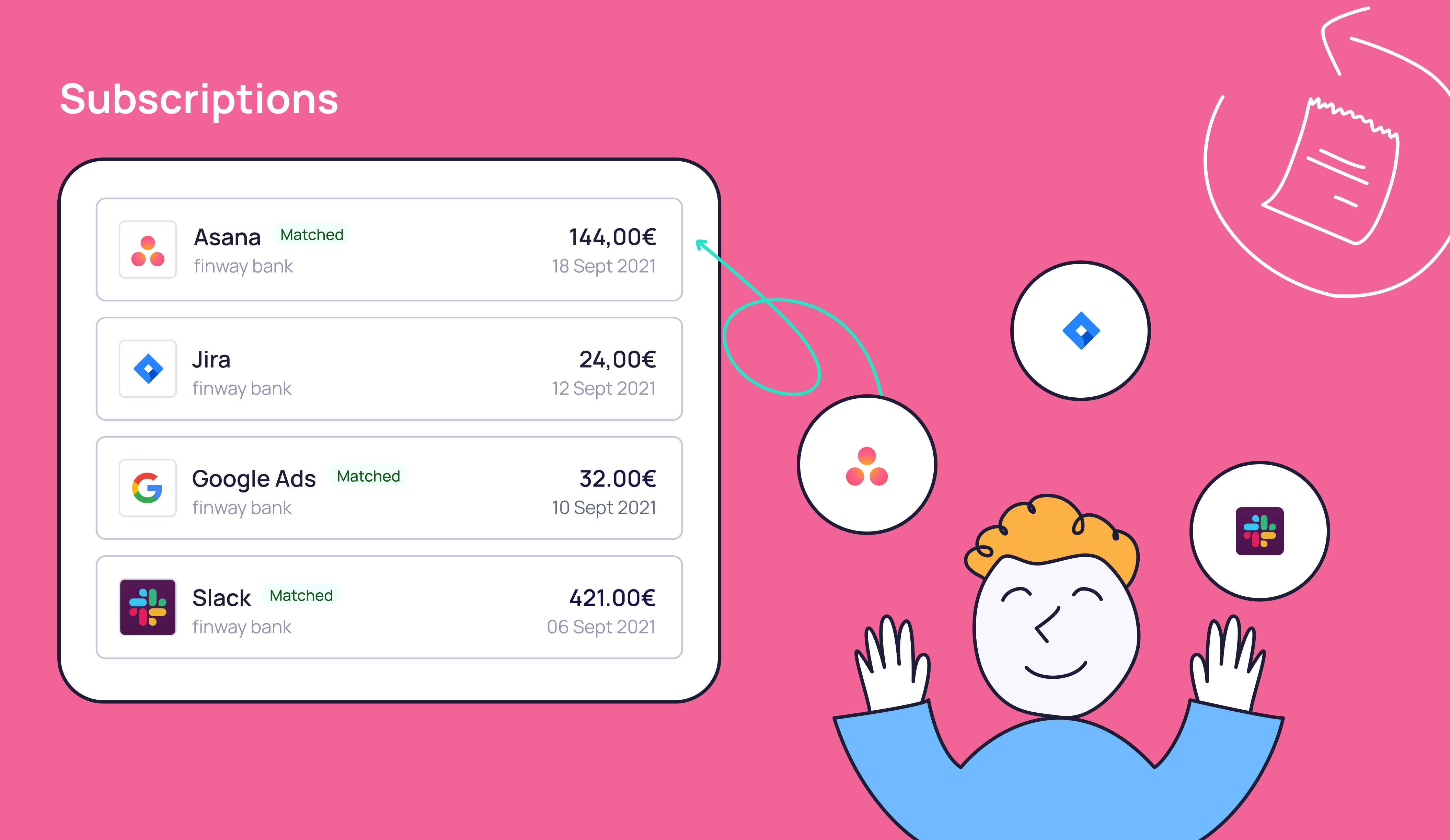In 2021, quite a lot of finance employees and tax consultants still spend a large part of their working time neither on the actual steps of efficient accounting nor on the strategic planning of the company’s financial budget – but on dozens of annoying and, above all, manual individual tasks. Those tasks cost vast amounts of time, nerves and also money.
But not only financial employees suffer from this chaos! CEOs, department heads and even their employees are also affected when processes such as invoice approval, purchasing approvals or travel expense reports drag on. As a result, financial processes are strongly associated with negative sentiments, above all stress and frustration.
We have asked our customers and our network and have compiled the 10 most frequently mentioned things that keep accounting from its actual strategic role in the company.



